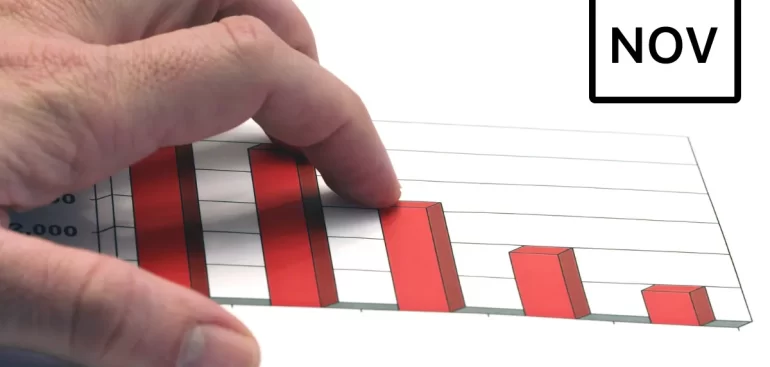New Home Sales Ebb. Is There Really 6 Months Worth of Inventory?
According to the Census Bureau, new home sales declined 4.5 percent in January to 801k units annually. Economists had predicted a drop to a relatively higher level of 806k than December’s 839k. At the surface level, all of these figures are highly acceptable. They leave new home sales at record highs compared to the previous 15 years. But taking a deeper look, we discover that the Census Bureau’s inventory statistic—”months of supply”—is at an oddly high of 6.1, up from 5.6 in the previous report. Almost everyone in the housing/mortgage market would have the same skeptical reaction: “There’s no way there’s a 6-month supply of new homes on the market!”
As you might assume, there aren’t 6.1 months’ worth of new homes on the market right now—at least ones that could be sold quickly. Although those homes are officially in the works, construction on a record number has yet to commence. Read More



